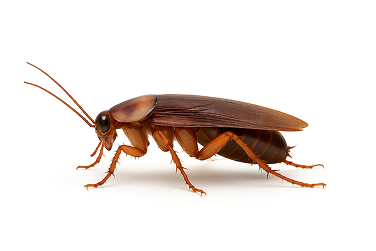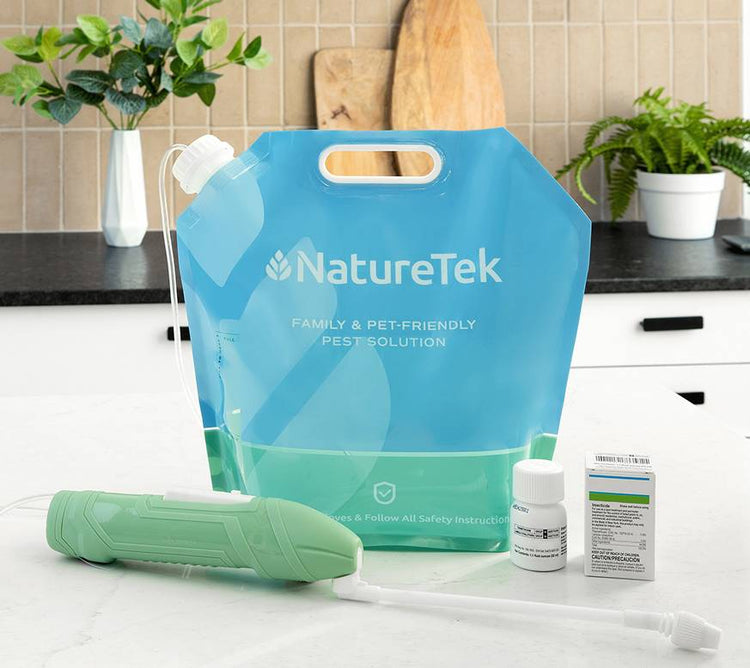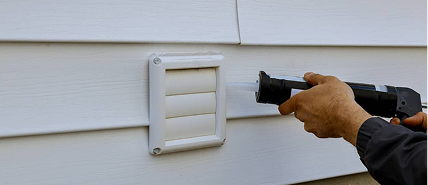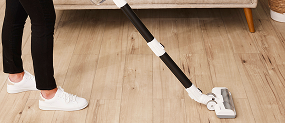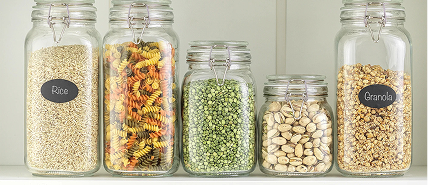Cockroaches
Cockroaches are one of the most common household pests in the United States, known for spreading bacteria, contaminating food, and triggering allergies or asthma, especially in children. Their ability to hide in small spaces and reproduce quickly makes them a persistent problem for homeowners. This guide will provide you with practical steps to eliminate cockroach infestations and prevent their return, ensuring a cleaner and healthier home

Here are some of the most common Cockroach species found across households in the United States.
-
American Cockroach

-
Brown-Banded Cockroach

-
German Cockroach

-
Oriental Cockroach

-
Smoky-Brown Cockroach


Body Shape: Flat, oval-shaped bodies with a broad, shield-like pronotum covering their small head.
Antennae: Long, thin, and constantly moving.
Size: Ranges from 1 to 2 inches (25 to 50 mm), depending on the species. Smaller species, like the German cockroach, are around ½ inch, while larger species, like the American cockroach, can grow up to 2 inches.
Color: Typically brown, reddish-brown, or black, often with a shiny or oily appearance. Some species, like the German cockroach, have distinct dark stripes on their pronotum.
Legs: Six spiny legs
Wings: Some species have fully developed wings and may fly short distances (e.g., American cockroach), while others, like the German cockroach, rarely use their wings. Wings typically lay flat over their back when not in use.
You can use the following model to help you identify an american cockroach .
